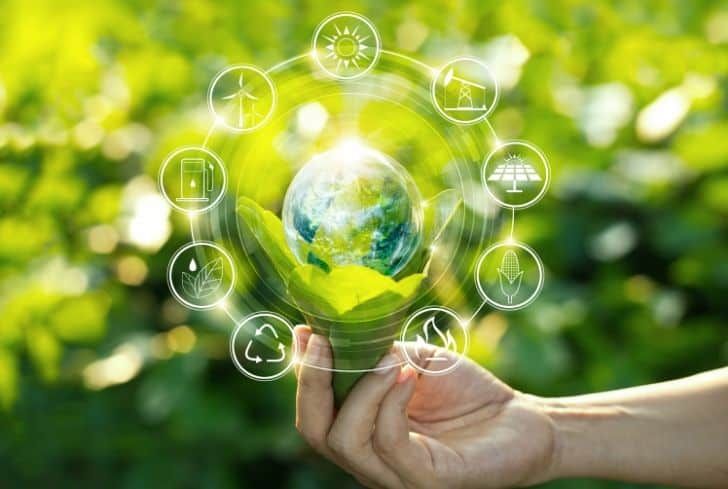Conserving our planet’s natural resources has never been more crucial. With the rapid pace of climate change and the loss of biodiversity, it is becoming increasingly important to find innovative ways to protect our environment. Luckily, technology is playing a significant role in aiding conservation efforts around the world. From satellite tracking to artificial intelligence, here are some of the ways technology is helping to preserve our planet’s precious ecosystems.
Satellite Tracking
One of the most significant advancements in conservation technology is the use of satellite tracking. By attaching GPS transmitters to animals, researchers can track their movements and behaviors in real-time. This data is invaluable for understanding migration patterns, identifying critical habitats, and monitoring population trends. For example, scientists have used satellite tracking to study the migration routes of sea turtles, helping to identify areas in need of protection and reduce illegal poaching.
Camera Traps
Camera traps are another essential tool in conservation efforts. These motion-activated cameras capture images and videos of wildlife in their natural habitats, providing valuable insight into animal behavior and population dynamics. Researchers can use this data to assess the health of ecosystems, track endangered species, and identify potential threats, such as poaching or habitat destruction. Camera traps have been instrumental in monitoring elusive species like the snow leopard and the Amur tiger, helping to guide conservation strategies and protect these iconic animals.
Drones
Drones have revolutionized the way conservationists survey and monitor landscapes. These unmanned aerial vehicles can cover large areas quickly and capture high-resolution images and videos. Drones are used for a variety of conservation purposes, from mapping deforestation and illegal logging to tracking wildlife populations and monitoring marine habitats. By providing detailed aerial imagery, drones help researchers make informed decisions and take proactive measures to protect vulnerable ecosystems.
Artificial Intelligence
Artificial intelligence (AI) is also playing a crucial role in conservation efforts. Machine learning algorithms can analyze vast amounts of data and identify patterns that humans may miss. AI is being used to predict wildlife movements, detect poaching activities, and assess the health of ecosystems. For example, AI-powered algorithms can analyze satellite imagery to track changes in land use and deforestation, helping to combat illegal logging and protect threatened habitats. By harnessing the power of AI, conservationists can make more efficient and effective decisions to safeguard our planet’s biodiversity.
Blockchain Technology
Blockchain technology is emerging as a new tool for conservationists to combat wildlife crime. By creating transparent and secure digital ledgers, blockchain technology can track the origins and movements of endangered species and their products, such as ivory and rhino horn. This helps to disrupt black market networks and hold poachers and traffickers accountable for their actions. Blockchain technology also enables consumers to verify the authenticity and ethical sourcing of wildlife products, empowering them to make more informed choices and support sustainable practices.
Conclusion
Technology is revolutionizing the way we approach conservation efforts. From satellite tracking to artificial intelligence, these innovative tools are helping researchers and conservationists make informed decisions, protect wildlife, and preserve our planet’s precious ecosystems. By leveraging the power of technology, we can work together to create a more sustainable future for generations to come.

